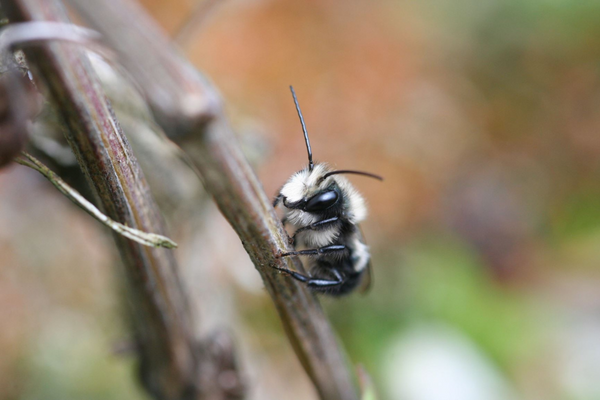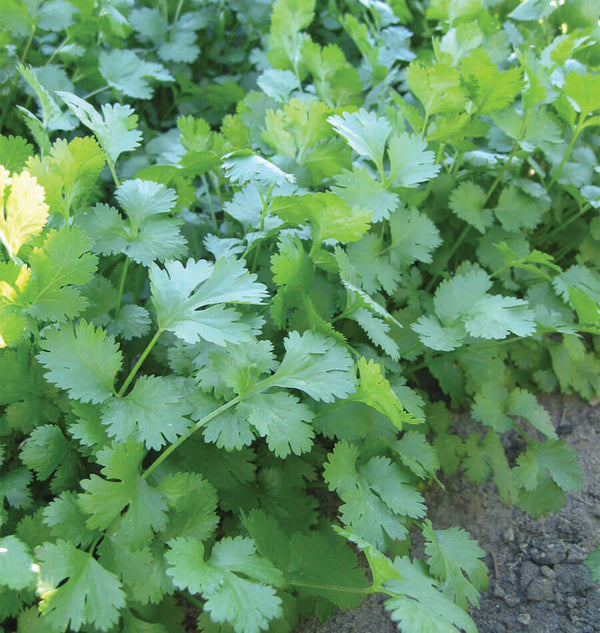Limited time only — orders over $50 receive a free 5g packet of Bee Garden Wildflower Blend seeds. Start shopping.
Support Food Banks Canada with every dollar spent — 15% sales donated from Black Friday to Cyber Monday.
Time remaining:
Time remaining:

















